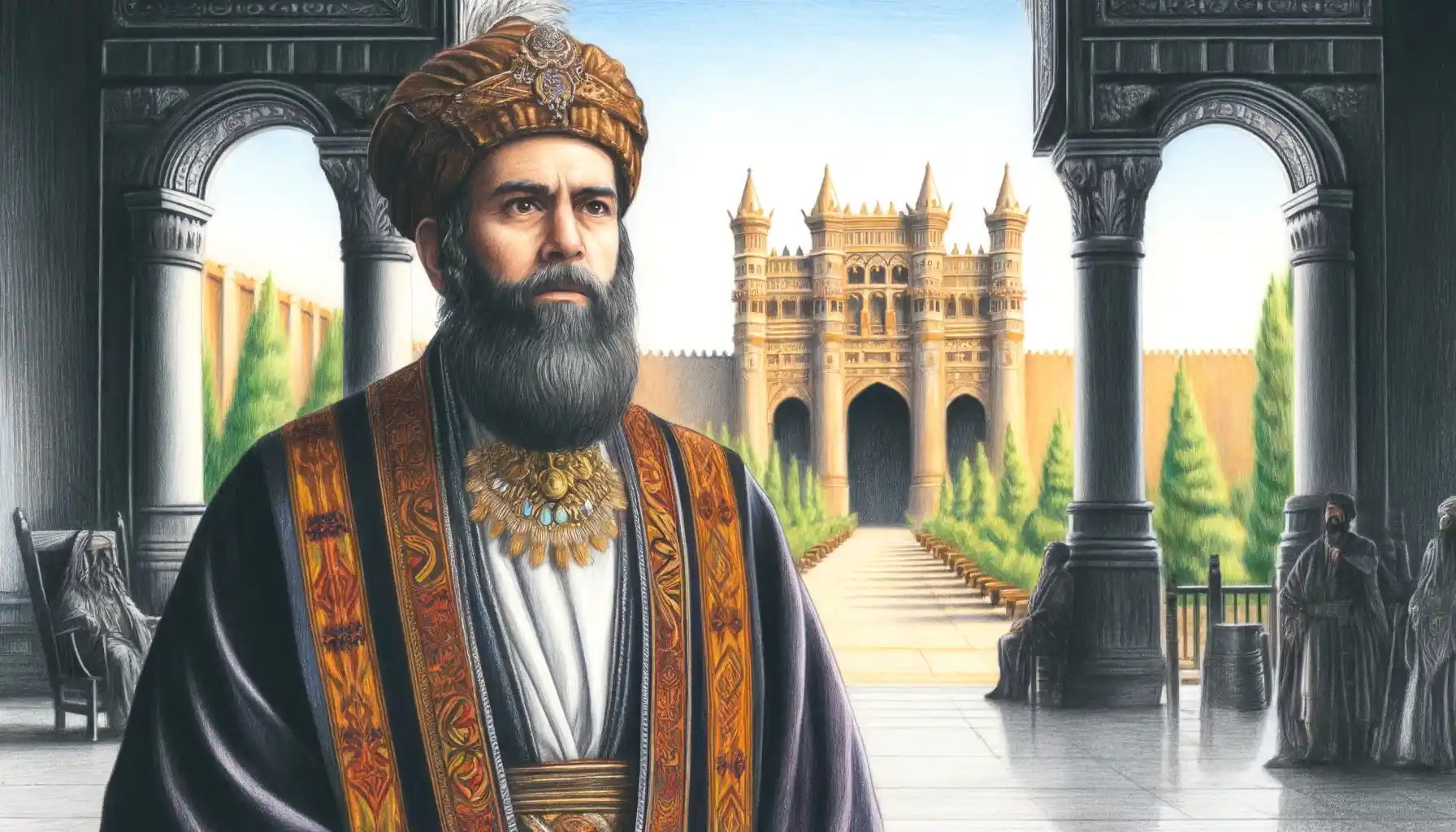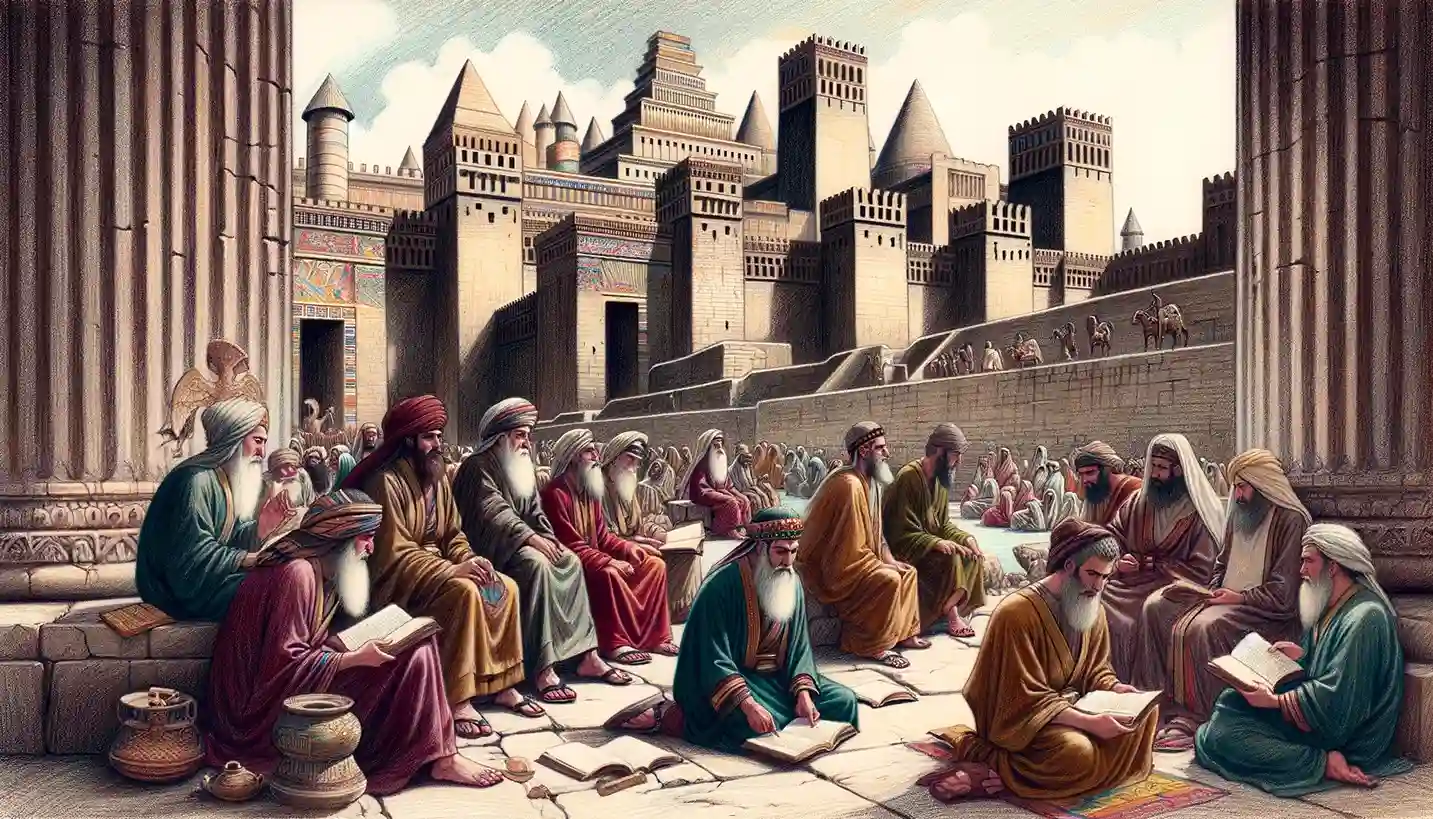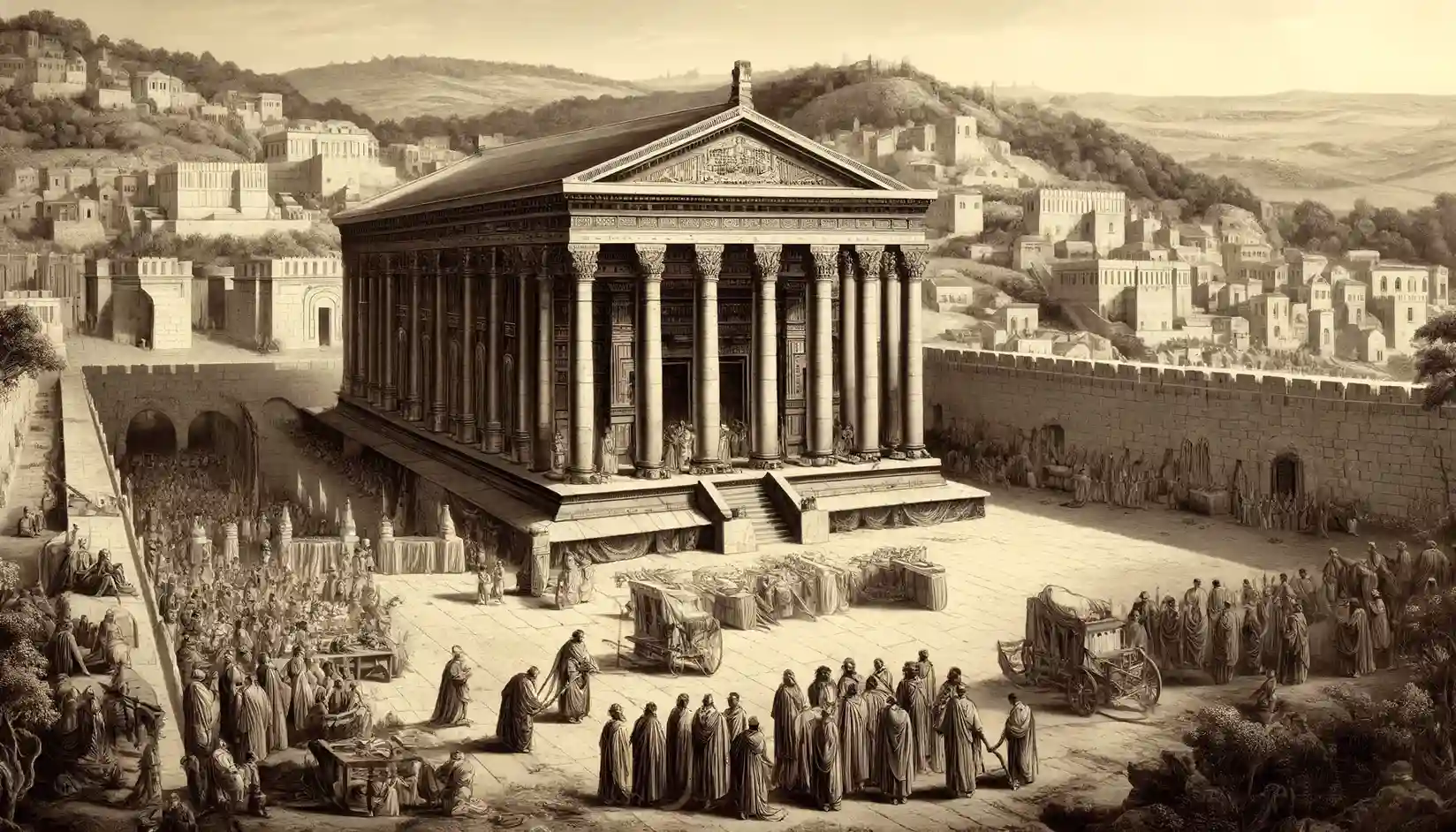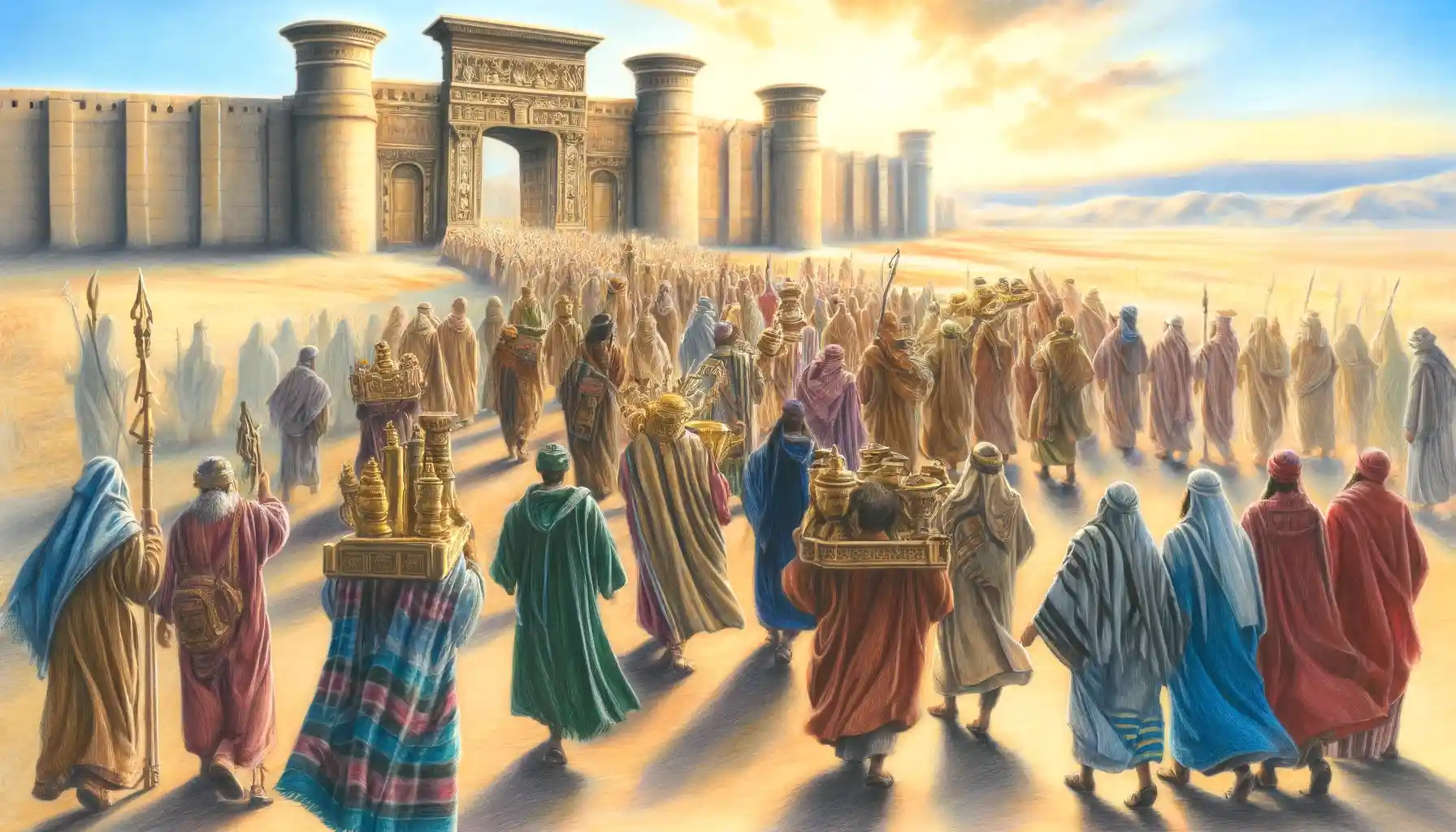Mordecai, a key figure in the Book of Esther, was a Jewish leader who helped save his people from annihilation through his bravery, wisdom, and the influence of his cousin Esther, leading to the establishment of the festival of Purim.
Babylon, located in ancient Mesopotamia, is historically significant as the site of the Jewish exile. This event, known as the Babylonian Captivity, had a profound impact on Jewish history, culture, and religious practices, shaping the development of Judaism.
The Rebuilding of the Temple, specifically the Second Temple in Jerusalem, commenced after the Jewish people’s return from the Babylonian Exile, initiated by the decree of Cyrus the Great of Persia in 538 BCE, faced numerous challenges and delays, but was ultimately completed in 516 BCE during the reign of Darius I, symbolizing a pivotal moment of religious and cultural renewal for the Jewish community.
In Ezra 1:1-11, the decree of King Cyrus of Persia marks the end of the Babylonian exile for the Jews, authorizing their return to Jerusalem to rebuild the Temple and restoring the sacred vessels taken by Nebuchadnezzar, signifying a major restoration of Jewish life and worship after decades of captivity.




